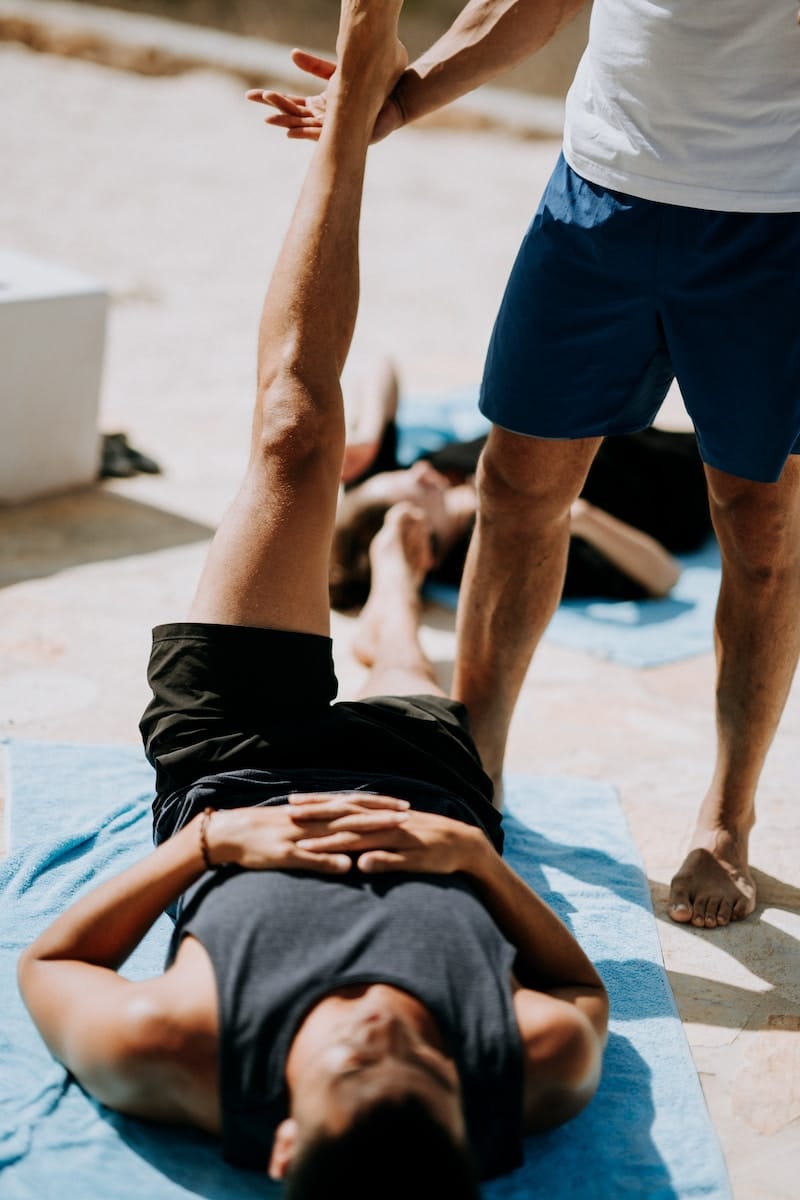 A lot of amateur runners face injuries when they first get started because they just get too excited to go too quickly. When it comes to making sure that you’re building a running habit that will keep you moving and not sidelined with injuries, slow and steady wins the race. Keep these tips in mind to avoid many common running issues that pop up with overuse.
A lot of amateur runners face injuries when they first get started because they just get too excited to go too quickly. When it comes to making sure that you’re building a running habit that will keep you moving and not sidelined with injuries, slow and steady wins the race. Keep these tips in mind to avoid many common running issues that pop up with overuse.
Don’t Do Big Mileage Jumps
One of the easiest ways to get injured while running is by doing too much mileage too quickly. Instead of going from not running at all to suddenly running 20 miles a week, make sure that you build up your mileage. Many runners will recommend that you don’t do a jump of more than 10% of your mileage per week, so if you’re currently running around 10 miles a week, the next week you can do 11, then 12.1 miles the week after than, and then 13.3 miles, etc.
If you’re just starting out with running, you should make sure that you’re building up your mileage gradually as well by starting with walking and alternating between walking and running. There are some great couch to 5k programs available for free online that can help you go from not running to being able to run a 5k, or 3.1 miles, in 8 weeks. From there, you can find different running programs to help you increase your mileage safely and listen to your body.
Get the Right Shoes
Running shoes are designed to prevent injury in runners, which is why getting a good pair of shoes dedicated to the kind of running you plan on doing is important. If there is a specialty running store in your area, you should definitely seek out a shoe consultation and fitting with someone who knows a lot about running shoes. They can assess things like how your foot strikes, what your foot’s arch is, and what kind of cushioning you’ll need for your approximate mileage and the type of terrain you’ll be running on. There are different shoes designed for different running surfaces, so if you know you’ll be largely running on roads or trails, make sure to take that into account.
Mix Up Your Route
If you run the same exact route every time you go out for a run, you can end up with injuries because your body is pushing itself on the same exact terrain every day. When you are going over the same hills, turns, and flat stretch every day, you may end up with injuries since you are working the same muscles every time you run. Because of this, you can end up with imbalances that lead to injury.
To find some new running routes, you can start like 48% of consumers: with a Google search. Look for popular running trails near you to find areas where you can run to mix up your usual routine. You don’t have to stop taking your usual route as a whole, but you should make sure that it is just a usual route and not the only route that you ever go on. The app Strava can also be a good resource because it will show different popular segments where you can run.
Incorporate Strength Training
Strength training is one of the best ways to avoid injury. As mentioned in the last point, injuries can be caused by muscle imbalances, and a great way to prevent those imbalances is by incorporating strength training. There are many different strength routines that you can access for free, and you can try out different routines to see what works best for you. If you’re looking for specific exercises, try to find ones that focus on one leg at a time, such as split squats, lunges, or single leg presses. Running is just going from one leg to the other, so in reality you’re only using one leg at a time. Make sure that you use the same exact weight on both sides to make sure that your muscles are as balanced as possible.
Stretch After Your Runs
After you’ve gone for a run, you should make sure that you are properly cooling down with some static stretching. There are many great tutorials on YouTube that you can follow along to help you cool down after a run, and once you’ve watched a few of them you can start your own stretching routine. A few good stretches to do after a run include:
- Pigeon pose
- Lizard pose
- Runner’s lunge
- Seated forward fold
- Standing forward fold
- Wide seated forward fold
- Side lunges
- Thread the needle
- Happy baby
All of these poses are helpful in stretching different muscles that can get tight during a run, so try them out after your next run to see how much it can help with how sore and tight you feel the next day.
Get Treatment as Soon as You’re Injured
If you are injured, you should make sure that you see a doctor as soon as possible. A physical therapist can be extremely helpful in helping you recover from a running related injury, especially when you go as soon as you realize there’s an issue. Physical therapy can reduce your medical costs by up to 72% if you use it as a form of prevention from worsening injuries.
If you’re not sure that your injury necessitates a trip to the doctor, you should make sure that you’re practicing RICE, or rest, ice, compression, and elevation. If you feel like your knee is injured, you should elevate it so that it’s above your heart, wrap it tightly with ace bandages or a knee brace, and make sure to ice it to help bring down any inflammation.
Running is a great sport because you can do it anywhere at any time with the proper equipment, but because of that it’s also easy to get injured. Make sure that you’re taking the proper precautions not to injure yourself so that you won’t end up being benched due to a problem with your running.
Have you ever had a running related injury? How did you treat it? Let us know in the comments!






